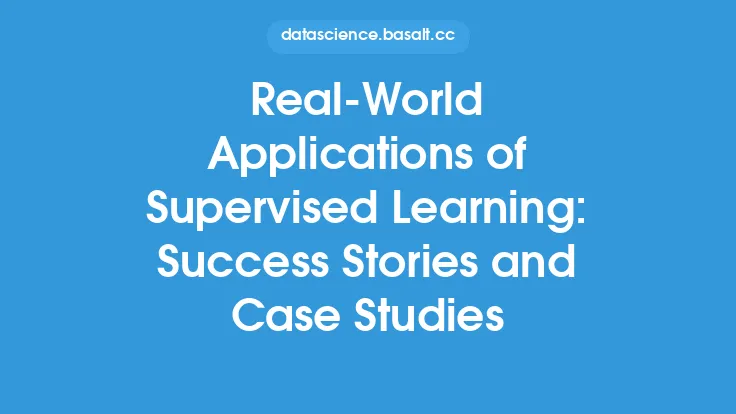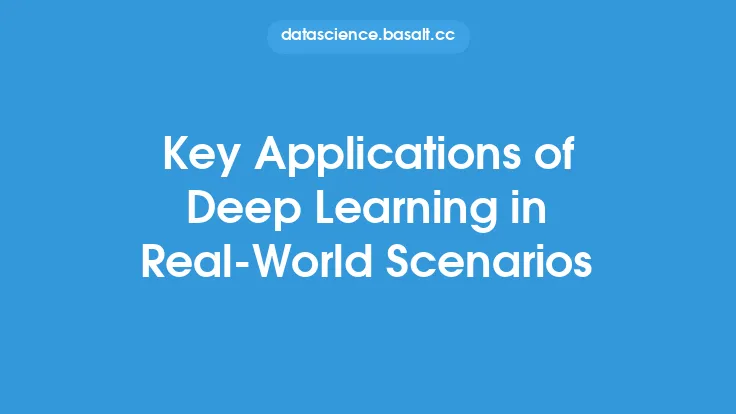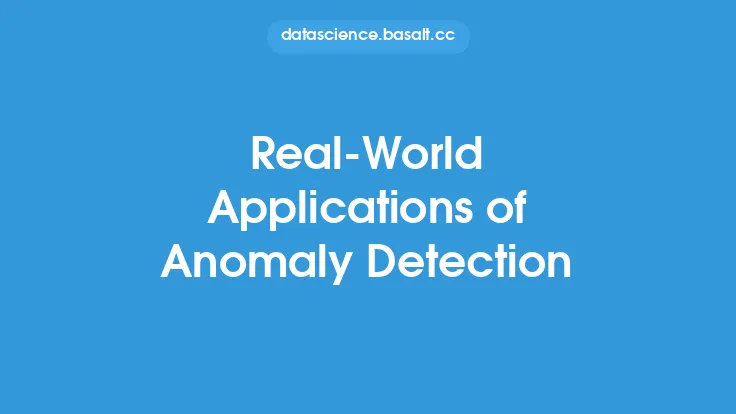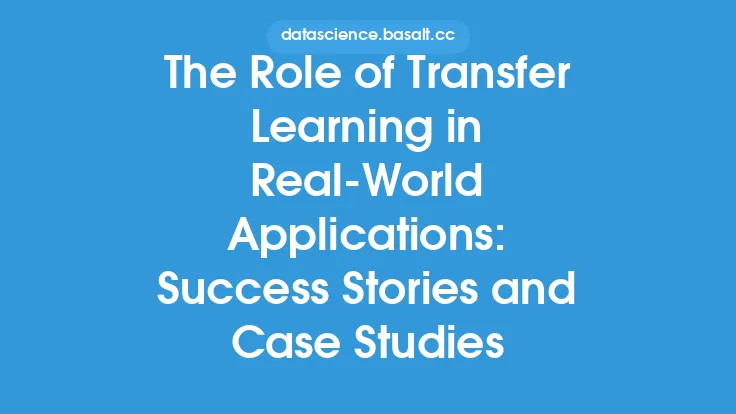Pattern discovery is a crucial aspect of data mining, and its applications are diverse and widespread. In various fields, pattern discovery has been used to extract valuable insights from data, leading to informed decision-making and improved outcomes. One of the primary applications of pattern discovery is in customer relationship management (CRM). By analyzing customer data, businesses can identify patterns in customer behavior, preferences, and demographics, enabling them to create targeted marketing campaigns, improve customer retention, and enhance overall customer experience.
Applications in Healthcare
In the healthcare sector, pattern discovery has been instrumental in identifying high-risk patients, predicting disease progression, and optimizing treatment outcomes. By analyzing electronic health records (EHRs), medical claims data, and other relevant sources, healthcare professionals can discover patterns that indicate patient risk factors, disease susceptibility, and treatment efficacy. For instance, pattern discovery can help identify patients who are at risk of developing chronic diseases, such as diabetes or heart disease, allowing for early interventions and preventive measures. Additionally, pattern discovery can aid in the identification of adverse drug reactions, enabling healthcare providers to take prompt action and minimize harm to patients.
Applications in Finance
In the financial sector, pattern discovery has been used to detect fraudulent transactions, predict stock prices, and identify high-risk investments. By analyzing transactional data, financial institutions can discover patterns that indicate suspicious activity, such as money laundering or credit card fraud. Pattern discovery can also help identify trends in stock prices, enabling investors to make informed decisions and minimize risk. Furthermore, pattern discovery can aid in the identification of high-risk investments, allowing investors to diversify their portfolios and optimize returns.
Applications in Marketing
In the marketing sector, pattern discovery has been used to segment customers, predict customer churn, and optimize marketing campaigns. By analyzing customer data, businesses can discover patterns that indicate customer preferences, behavior, and demographics, enabling them to create targeted marketing campaigns and improve customer engagement. Pattern discovery can also help identify customers who are at risk of churning, allowing businesses to take proactive measures to retain them. Additionally, pattern discovery can aid in the optimization of marketing campaigns, enabling businesses to allocate resources effectively and maximize returns.
Applications in Social Media
In the social media sector, pattern discovery has been used to analyze user behavior, predict user engagement, and identify influencers. By analyzing social media data, businesses can discover patterns that indicate user preferences, behavior, and demographics, enabling them to create targeted marketing campaigns and improve user engagement. Pattern discovery can also help identify users who are at risk of disengaging, allowing businesses to take proactive measures to re-engage them. Additionally, pattern discovery can aid in the identification of influencers, enabling businesses to partner with them and amplify their marketing efforts.
Technical Aspects of Pattern Discovery
From a technical perspective, pattern discovery involves the use of various algorithms and techniques, such as decision trees, clustering, and regression analysis. These techniques enable businesses to identify complex patterns in large datasets, which can be used to inform decision-making and drive business outcomes. Additionally, pattern discovery often involves the use of data visualization tools, which enable businesses to communicate insights and patterns to stakeholders effectively. The choice of algorithm or technique depends on the specific problem being addressed, as well as the characteristics of the data being analyzed.
Challenges and Limitations
Despite the many applications and benefits of pattern discovery, there are several challenges and limitations that businesses must be aware of. One of the primary challenges is the quality of the data being analyzed, which can significantly impact the accuracy and reliability of the insights generated. Additionally, pattern discovery often requires significant computational resources and expertise, which can be a barrier for small and medium-sized businesses. Furthermore, pattern discovery can raise ethical concerns, such as privacy and bias, which must be carefully considered and addressed.
Real-World Examples
There are many real-world examples of pattern discovery in action. For instance, a leading retailer used pattern discovery to analyze customer data and identify patterns that indicated customer preferences and behavior. The insights generated enabled the retailer to create targeted marketing campaigns, which resulted in a significant increase in sales and customer engagement. Similarly, a healthcare provider used pattern discovery to analyze EHRs and identify patterns that indicated patient risk factors and disease susceptibility. The insights generated enabled the healthcare provider to take proactive measures to prevent disease and improve patient outcomes.
Conclusion
In conclusion, pattern discovery is a powerful tool that has numerous applications in various fields, including customer relationship management, healthcare, finance, marketing, and social media. By analyzing data and identifying complex patterns, businesses can gain valuable insights that inform decision-making and drive business outcomes. While there are challenges and limitations to pattern discovery, the benefits and potential applications are significant, and businesses that leverage pattern discovery effectively can gain a competitive advantage in their respective markets. As data continues to grow in volume, variety, and complexity, the importance of pattern discovery will only continue to increase, and businesses that invest in pattern discovery will be well-positioned to thrive in a data-driven world.





